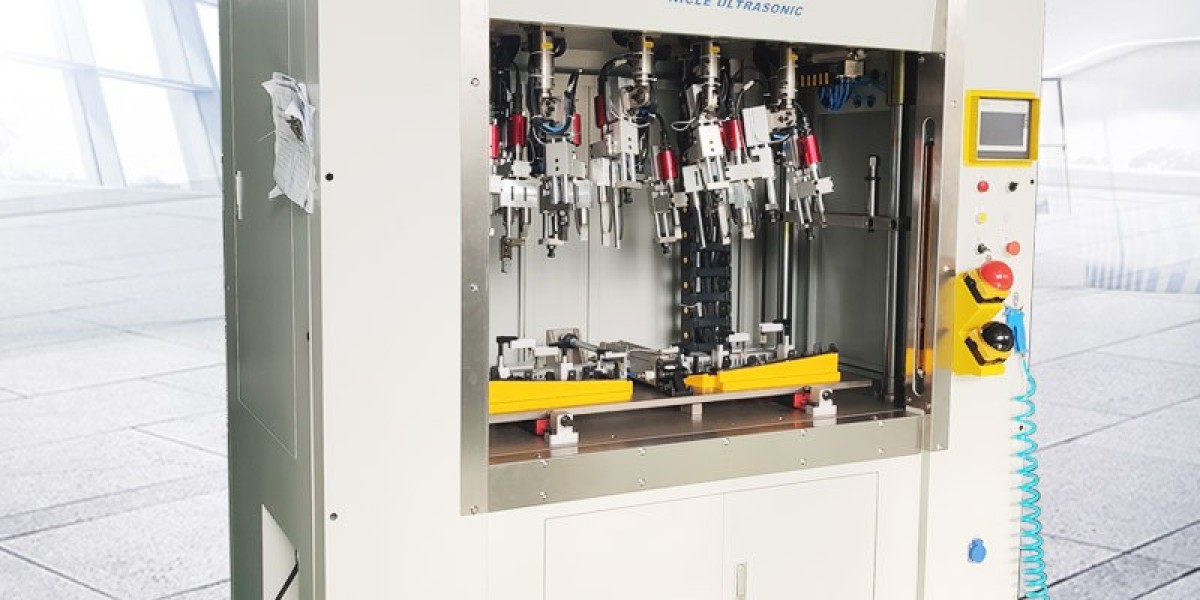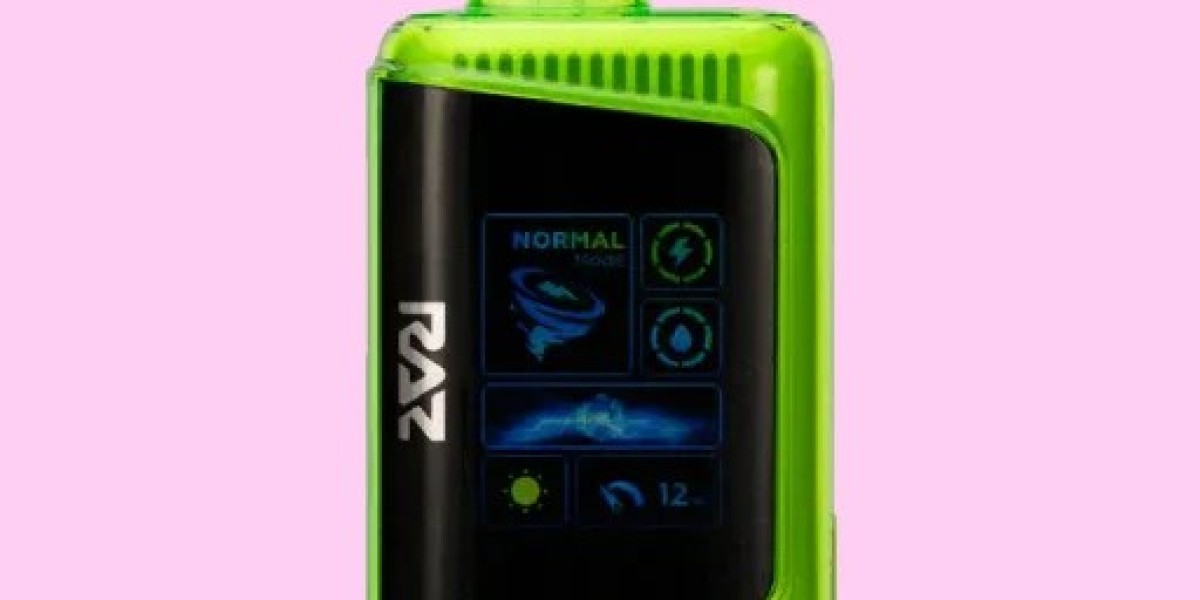Introduction
Toy manufacturers are always looking for ways to add custom features that make their products more interactive and appealing. One of the most efficient and reliable methods to achieve this is ultrasonic plastic welding. This technique allows manufacturers to integrate lights, sounds, and moving parts without the need for adhesives or screws, ensuring durability and precision.
Ultrasonic welding offers speed, consistency, and cost-effectiveness, making it an essential technology in the toy industry. This article explores how this technique enhances customisation and improves the overall quality of modern toys.
How Ultrasonic Plastic Welding Works
Ultrasonic welding is a high-frequency welding process that joins plastic components using vibrational energy. Here's a simplified breakdown of the process:
High-frequency vibrations (typically 15-70 kHz) generate heat at the contact point between two plastic parts.
The heat softens the plastic, allowing the materials to fuse together.
Once the vibrations stop, the material cools and solidifies, forming a strong, permanent bond.
Unlike traditional fastening methods, ultrasonic welding is fast, clean, and does not introduce additional materials into the toy structure.
Benefits of Ultrasonic Welding in Toy Manufacturing
Seamless integration of electronic features
Many modern toys include LED lights, speakers, or motors to enhance user experience.
Ultrasonic welding allows manufacturers to encase delicate electronic components within plastic housings without damaging them.
Ensures tight seals, protecting internal circuits from dust, moisture, and impact.
Enhanced durability
Toys, especially those meant for children, must withstand drops, impacts, and rough handling.
Ultrasonic welding forms high-strength bonds, making toys more resistant to wear and tear.
Eliminates weak points caused by screws, clips, or adhesives that might degrade over time.
Faster production cycles
The welding process takes only seconds, reducing manufacturing time.
No need for curing or drying times, unlike glue-based bonding.
Increased production speed leads to lower costs and higher efficiency.
Eco-friendly and safe
No use of solvents or adhesives, reducing environmental impact.
Eliminates the need for additional materials that might contain toxic chemicals.
Safe for children, as there are no small parts that could come loose due to weak bonding.
Applications of Ultrasonic Welding in Custom Toy Design
Talking and sound-activated toys
Ultrasonic welding is used to seal voice modules and speakers inside dolls, action figures, and interactive learning toys.
Ensures sound clarity and prevents damage to the audio components.
Light-up features in toys
LED-powered toys, such as glowing balls, light-up action figures, and nightlight toys, rely on ultrasonic plastic welding to keep electronics secure.
Prevents wires and circuits from shifting during play.
Moving parts and motorised features
Remote-controlled cars, robotic pets, and wind-up toys benefit from precise joint assembly.
Ultrasonic welding provides smooth, frictionless movement without additional fasteners.
Waterproof and dustproof toys
Sealed compartments for bath toys, outdoor play items, and sandpit toys prevent water and debris from entering.
Ensures longer product lifespan, even with frequent exposure to harsh environments.
Key Considerations for Implementing Ultrasonic Welding in Toy Manufacturing
Material compatibility
Works best with thermoplastics like ABS, polypropylene (PP), and polycarbonate (PC).
Different plastics have varying melting points, requiring precise welding parameters.
Joint design for stronger bonds
Proper joint design, such as energy directors, helps concentrate vibrations and improve weld quality.
Avoid sharp edges or uneven surfaces, as they may lead to weak welds.
Equipment calibration and maintenance
Regular maintenance of ultrasonic horns and transducers ensures consistent welding results.
Proper calibration prevents excessive heat that could damage electronic components.
Future Trends in Ultrasonic Welding for Toy Manufacturing
The toy industry is rapidly evolving, and ultrasonic plastic welding will continue to play a key role in innovative product designs. Some emerging trends include:
Smart toys with AI-driven interactions that require advanced electronic housing.
Biodegradable and recycled plastics, which demand fine-tuned ultrasonic welding techniques.
Increased automation in production lines to boost efficiency and reduce labour costs.
By integrating ultrasonic welding, toy manufacturers can create safer, more durable, and high-tech toys that appeal to modern consumers.
Conclusion
Ultrasonic plastic welding has revolutionised toy customisation, enabling manufacturers to add lights, sounds, and moving parts without compromising durability. This technique offers fast, eco-friendly, and cost-effective production while ensuring child-safe and long-lasting toys.
For toy manufacturers looking to enhance product design, ultrasonic welding is an essential technology that brings both efficiency and innovation to the industry.









